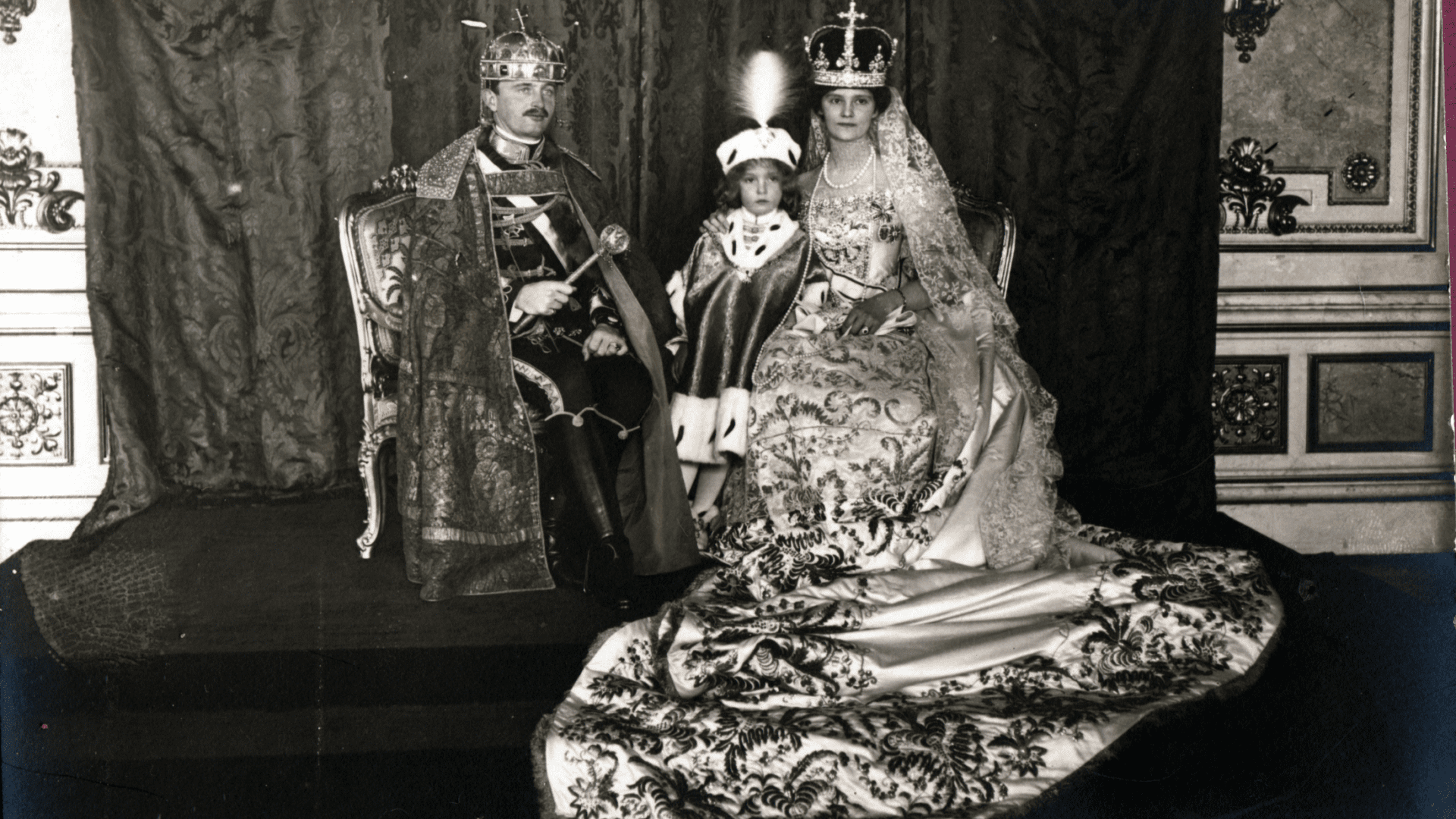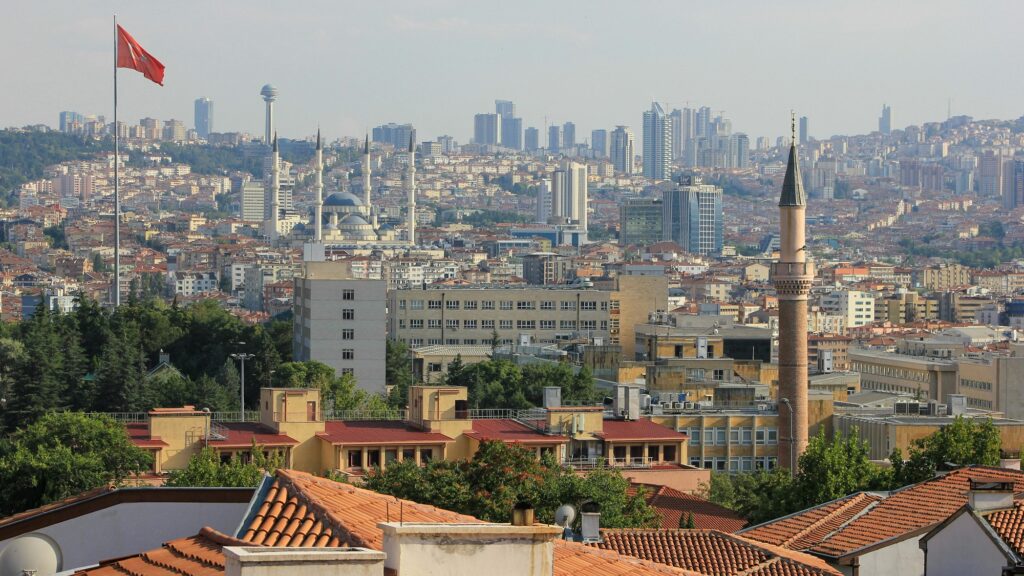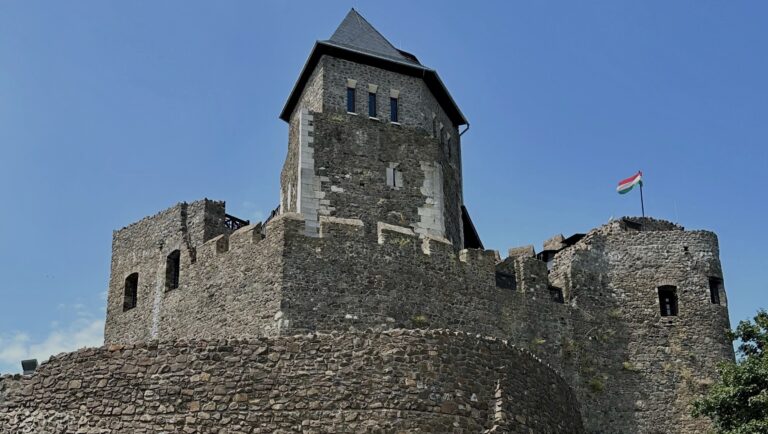The ceremony of coronation used to have an extraordinary place in Hungarian political philosophy and the legal system. This is due to the outstanding role of the Crown of Saint Stephen, the Holy Crown, in the Hungarian legal tradition. Comparably to British legal thinking, the Crown symbolised the citizens of the country and its lands. By crowning the king, the nation affirmed his sovereignty, however, in turn, the estates expected him to respect the unwritten constitution, traditions, and laws of the country. Because of this fact, uncrowned rulers were not regarded as fully legitimate.
After the estates relinquished their right to elect the king in 1690, the Habsburg heir to the throne was assumed to automatically become ruler upon the death of the reigning monarch. However,
until his coronation, he was only ‘hereditary king’, and not ‘apostolic king’.
Furthermore, if he refused to be crowned and swear allegiance to the country’s cardinal laws, he was shunned by the estates. This is the reason why King Joseph II and Francis Joseph (until 1867) were seen as legal, but not legitimate kings. Furthermore, until 1690, no monarch was even legally king until his coronation, due to the elective nature of the monarchy.
The Coronation
The coronation had three basic conditions in order to be valid. It was to be carried out by the Archbishop of Esztergom; it was to be executed with the Holy Crown of St Stephen; and finally, it was required that the coronation take place in Székesfehérvár, or later in Pozsony (Pressburg, today Bratislava). If any of these conditions were not met, the king was seen as illegitimate. These criteria essentially never changed through history. Their basis is that Stephen I was allegedly crowned on 1 of January 1001, in Székesfehérvár, by the Archbishop of Esztergom. So the this framework was based on tradition, rather than written laws, and developed over time. The exact coronation procedure was set by 1205, the coronation of Andrew II.
The ceremonial order of the coronation (ordo coronationis) was also strictly prescribed and regulated, although it also changed during the centuries. Similarly to the three conditions of legitimacy, the order of the ceremony was not set by law, but rather by tradition.
By the late medieval and early modern age, a set pattern of the ceremony evolved. There are written accounts about all 15th century coronations, except that of Matthias I (Matthias Corvinus). Before the coronation, the king was expected—but not required—to issue a kind of a pledge of allegiance in the form of a royal diploma, called hitlevél in Hungarian (diploma inaugurale in Latin), in which he vowed to defend and abide by the freedoms and rights of the citizens. In turn, he was ‘acclaimed’ by the people, a symbolic holdover of the popular election of the king from earlier times. In the cathedral of Székesfehérvár, the king was anointed by the Archbishop of Esztergom, who put the Holy Crown on his head, and the royal mantle on his shoulder, after which he was seated on the royal throne. The king was also given the sceptre and other symbols of power (for instance, a sword). After the church ceremony, the monarch was ‘knighted’ with the sword, and he pledged that he would defend the country from foreign threats. The king then reaffirmed that in front of larger crowd, too, by riding to a small hill, which symbolised the country itself, where he swished his sword in the four cardinal directions, meaning that he would defend the country from all danger, from whichever directions it should come.
It is important to note that the king was
expected to reaffirm the content of his royal charter with a solemn oath,
stating that he would defend the freedom of the country, abide by its laws, obey the church, and generally be a just ruler. This, while a formality, was often taken seriously, and had actual political implications. King Andrew III was, for instance, specifically told by some of the most powerful aristocrats that they would not obey him until he took the vow. After the death of Matthias Corvinus, the estates were also able to force his successors, Vladislas II and Louis to take a serious vow, which these rulers actually needed to abide by.
Interesting Trivia
Due to the strict preconditions, not all kings managed to be crowned in a legitimate fashion at the first attempt. This was especially the case if the rulers in question were not actually in possession of all the territory of Hungary. The most notable case is that of
Angevin king Charles Robert, also known as Charles I, who was crowned three times.
He was invited to the throne by a faction of the estates in 1301. At this time, most of the country was ruled by warring oligarchs. He was crowned in 1301, by the Archbishop of Esztergom, however in Esztergom, rather than in Székesfehérvár, and not with the Holy Crown. This made his coronation illegitimate in the eyes of many people. The real reason, however, why he could not rule Hungary at this stage, was his small base of supporters, and the power of the oligarchs. As his support and power grew, he gained the practical ability to attempt to have a legitimate coronation. He was crowned a second time in Buda, in 1308. By this stage, he was the number one political force in the country, so his rule is normally dated from that year. Nevertheless, he still felt it necessary to have a coronation with the Holy Crown. It eventually happened in 1310, but only after he defeated Voivod László Kán, lord of Transylvania, and who at that time was in possession of the physical crown.
On the other hand, Vladislas I, a much later ruler, was also not crowned with the Holy Crown, yet his coronation was accepted as legitimate. He tried to make up for this shortcoming by using other traditional coronation ‘accessories’, and symbols of legitimate regal power, for instance a sword, a cross, awarded by the pope, or the royal sceptre.
The role played by the Palatine during the ceremony—the Palatine of Hungary was practically a viceroy, representing the king in case of his absence—became fixed in 1687, at the coronation of Leopold I. He was crowned by the Palatine and the Archbishop of Esztergom together, which became a regular element of all coronations from that point onward. Francis Joseph was the first king who was not crowned by the Palatine, since this position was replaced by the Prime Minister in 1867. In fact, Francis Joseph was crowned in the same year
by no other than Prime Minister Gyula Andrássy, a Hungarian aristocrat he earlier sentenced to death for his role in the 1848 Revolution.
Francis Joseph was also he first king after many centuries who was crowned in Buda, and not in Székesfehérvár, Esztergom, or Pozsony. Furthermore, he was the first to issue his hitlevél and tell his oath in Hungarian.
Crowned Kings Pledged Allegiance to the Country
The order and ceremony of the Hungarian coronation was strict and highly ritualized. It was however more than successive acts of a staged ceremony, and even less an empty formality. With these elements, the estates tried to compel the King to see himself not as a tyrant, but as someone who was to abide by the unwritten constitution of the country. While the elective nature of the monarchy was lost, its constitutional nature was upheld by the ceremony, especially the hitlevél and the oath.








